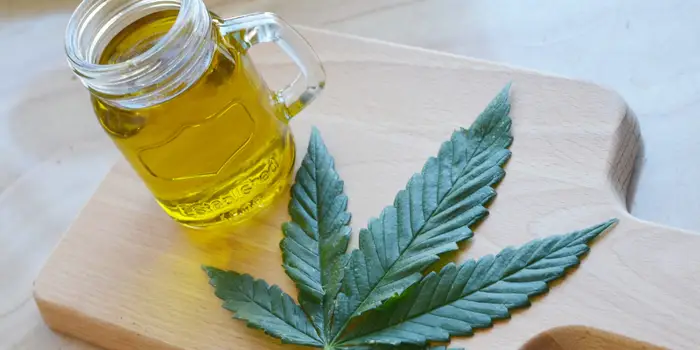Embarking on the journey of making how can i make cannabis oil can be both empowering and rewarding. With the right knowledge and tools, you can create a potent and personalized product that suits your needs. In this comprehensive guide, we’ll delve into the intricacies of crafting cannabis oil from scratch, exploring various methods and tips to ensure a successful outcome.
Understanding Cannabis Oil:
Cannabis oil, derived from the cannabis plant, is a concentrated liquid extract containing cannabinoids, such as THC and CBD. It’s renowned for its therapeutic properties and versatile applications, ranging from pain relief to relaxation.
How Can I Make Cannabis Oil?
Embarking on the journey of making your own cannabis oil can be both empowering and rewarding. With the right knowledge and tools, you can create a potent and personalized product that suits your needs.
Selecting the Right Strain: The first step in crafting cannabis oil is selecting the right strain of cannabis. Each strain offers unique characteristics and cannabinoid profiles, influencing the effects of the oil. Whether you prefer a high-THC strain for its psychoactive properties or a CBD-rich strain for its therapeutic benefits, choose a strain that aligns with your preferences and desired outcomes.
Decarboxylation Process: Decarboxylation is a crucial step in activating the cannabinoids present in the cannabis plant. This process involves heating the plant material at a specific temperature to convert the inactive THCA and CBDA into their active forms, THC and CBD, respectively. To decarboxylate cannabis, spread the finely ground material evenly on a baking sheet and bake it in the oven at around 220°F for 30-45 minutes.
Extraction Methods: There are various methods for extracting cannabinoids from the decarboxylated cannabis plant material, including solvent-based extraction, such as using ethanol or butane, and solventless methods like olive oil extraction or using a rosin press. Each method has its pros and cons in terms of safety, efficiency, and final product quality. Choose a method that suits your preferences and resources.
Infusion Process: Once you’ve extracted the cannabinoids, the next step is to infuse them into a carrier oil, such as coconut oil or olive oil. Heat the carrier oil in a double boiler and add the extracted cannabis concentrate. Allow the mixture to simmer gently for several hours, ensuring thorough infusion of cannabinoids into the oil. Strain the mixture through a cheesecloth or fine mesh strainer to remove any plant material, resulting in a smooth and potent cannabis oil.
Storage and Usage: Store your homemade cannabis oil in a dark, airtight container in a cool, dry place to preserve its potency and freshness. When using cannabis oil, start with a low dosage and gradually increase until you achieve the desired effects. You can consume cannabis oil orally, add it to food or beverages, or use it topically for localized relief.
FAQs (Frequently Asked Questions):
Q. Can I use any strain of cannabis to make oil?
Yes, you can use any strain of cannabis depending on your preferences and desired effects. However, consider the cannabinoid profile of the strain for optimal results.
Q. Is homemade cannabis oil safe to use?
When made properly using safe extraction methods and quality ingredients, homemade cannabis oil can be safe for consumption. Ensure proper decarboxylation and extraction to minimize any potential risks.
Q. How long does homemade cannabis oil last?
Properly stored cannabis oil can last for several months to a year. However, its potency may decrease over time, so it’s best to consume it within a reasonable timeframe for optimal effects.
Q. Can I use cannabis oil for medical purposes?
Cannabis oil has therapeutic properties that may help alleviate various symptoms and conditions. Consult with a healthcare professional to determine if cannabis oil is suitable for your medical needs and how to incorporate it into your treatment regimen.
Q. What is the legal status of homemade cannabis oil?
The legal status of homemade cannabis oil varies depending on your location and local regulations. Research and adhere to applicable laws regarding the cultivation, extraction, and use of cannabis products in your area.
Q. Are there any side effects associated with cannabis oil?
While cannabis oil is generally well-tolerated, some individuals may experience side effects such as dizziness, dry mouth, or increased heart rate. Start with a low dosage and monitor your body’s response to minimize any adverse reactions.
Conclusion
Crafting your own cannabis oil allows you to customize the potency, flavor, and effects according to your preferences. By following the outlined steps and tips, you can embark on this journey with confidence, creating a high-quality product that enhances your well-being and enjoyment.

